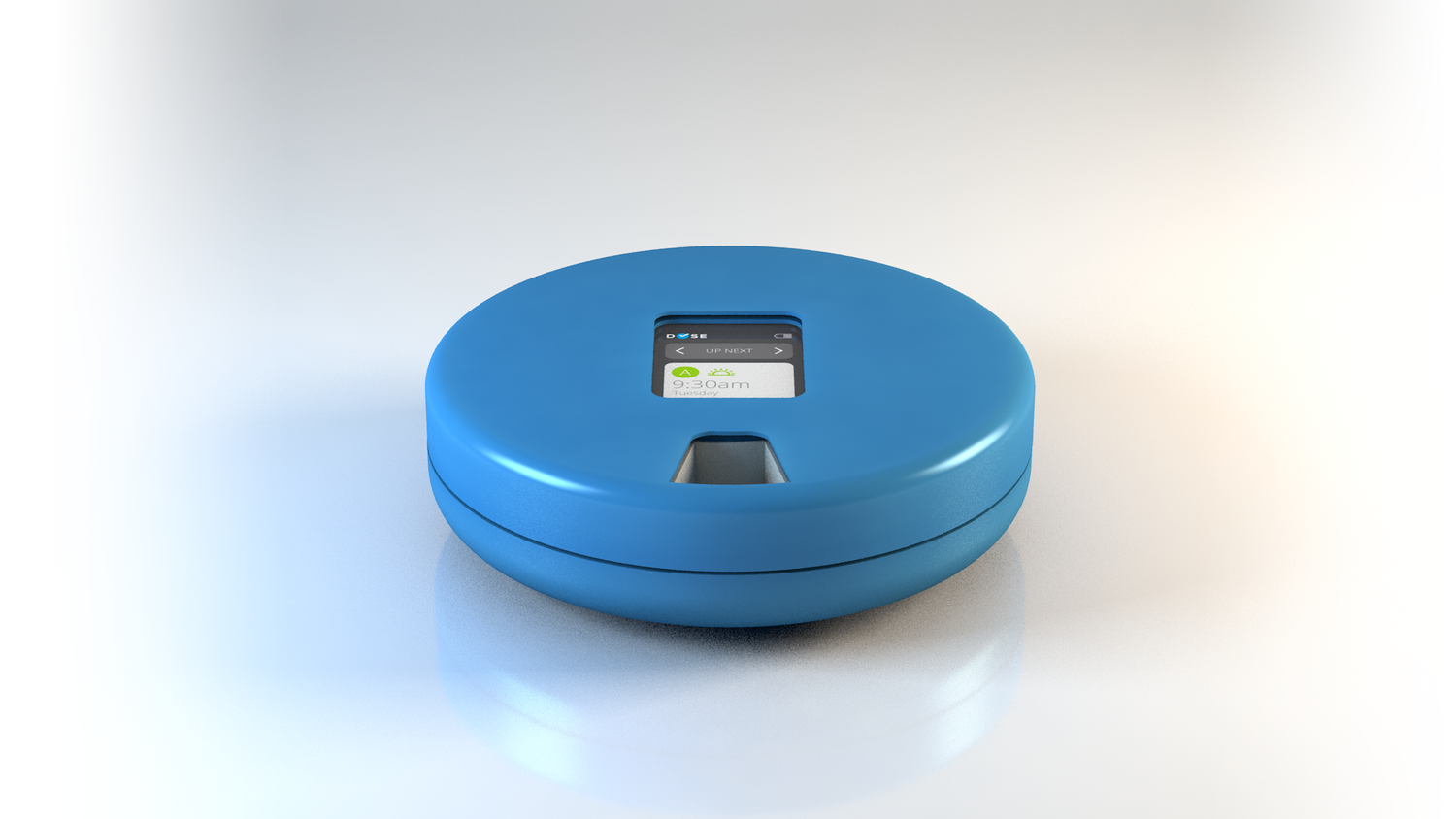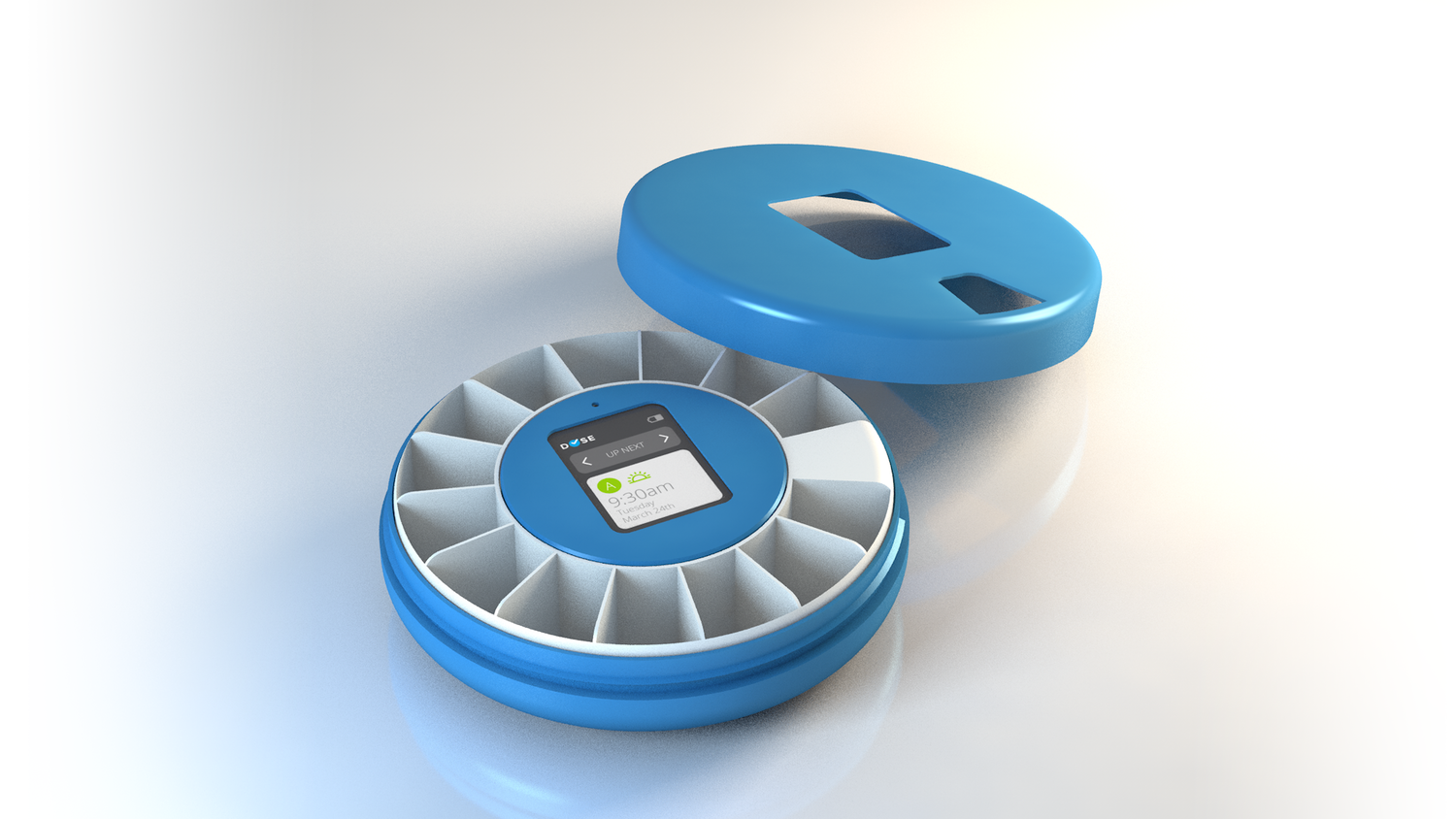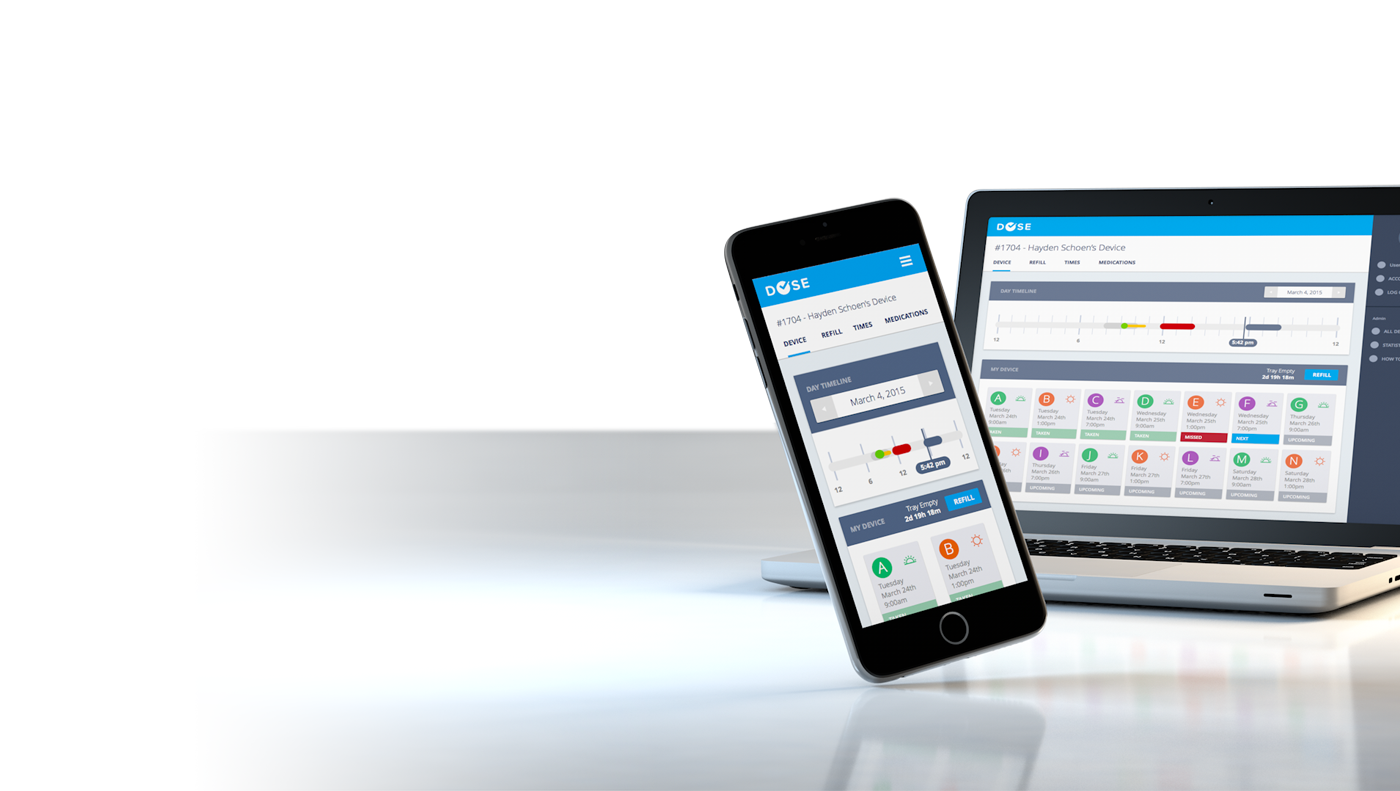
Paul Hines knew his design for a high-tech pillbox could help caregivers better manage their loved ones’ medications.
So when Hines heard about the University of Minnesota’s STARTUP course in fall 2014, the then-U of M Medical School student saw an opportunity to find out how to bring his invention from prototype to market. The 14-week experiential learning course, offered through the MIN-Corps program, encourages undergraduate, graduate and Ph.D. students to test the commercial potential of their ideas by working with instructors and mentors to connect with potential customers, test their hypotheses and refine their business models.
“It’s one thing to have a feeling on your commercialization strategy, but it’s another to spell it out and be challenged on it,” said Hines, CEO and founder of DOSE Health, the company based around his high-tech pillbox. “Through STARTUP, we were able to go out to talk to potential customers and be face-to-face with those who were going to be affected by our invention.”
The idea for the pillbox came when Hines saw the need to simplify caregivers’ role in helping ensure the right medications are taken at the right time on the right day. The need hit close to home, as Hines had experienced in his own family the challenges of helping a loved one manage medications.
In response, Hines teamed up with Steve Wesner, a lifelong friend with a knack for hardware and electronics who works as an aerospace engineer, and Joe Jensen, a fellow Medical School student with previous startup experience, to launch DOSE Health. They developed a “smart” pillbox that holds a person’s medications and automatically rotates to reveal the correct pills at the correct times. Inside, the device contains a computer chip and wireless internet capabilities that allow it to play sounds, make telephone calls and send emails or text messages to signal the user when it is time to take the medication. The same notifications can also remotely alert caregivers when the person misses a scheduled medication. And, through companion software on a computer or smartphone, the device can track how well a person adheres to his or her medication schedule over time and use those analytics to help care institutions improve the care they give.
With a prototype in hand, Hines took the STARTUP course in fall semester 2014. His goal was to boost DOSE Health’s efforts to bring the smart pillbox to the market by learning about the commercialization process. He knew his customers would be those who needed to regularly take medications and receive support from caregivers. The course guided him in connecting with the people who fit that description and who could tell him about the features that would help them manage their medications.
What he found from these discussions was that DOSE Health had to satisfy not only the needs of those taking medications, but those of the caregivers, too. The pillbox itself needed to be easy to hold and simple to use for those taking the medications, who were likely to be older and less familiar with cutting-edge technology. Meanwhile, the caregivers, who are more likely to be familiar with using technologies like touch screens and smart phone applications, expect in-depth functionality and digital notifications to aid in their caregiving.
Toby Nord, lead faculty for STARTUP and professional director of the U’s Carlson School of Management Ventures Enterprise, said the experiential structure of the course helped Hines improve his commercialization strategy for the pillbox.
“Paul benefited from continual review of his idea by potential customers, faculty advisors, industry mentors and fellow student entrepreneurs, all while applying the best practices of entrepreneurship in real time,” Nord said. “This allowed him to fine tune his concept and articulate its value and uniqueness.”
The knowledge and lessons Hines gathered from his experiences in the STARTUP course will guide DOSE Health as the company moves forward with its smart pillbox. Hines, now a graduate of the Medical School, and his team have met with an advising team and successfully raised seed money. They are now moving toward low-volume manufacturing to meet the initial demand for the pillboxes, and Hines hopes to scale up production over the next year. In the meantime, he and his team have been conducting extensive testing on the hardware and software aspects of their current prototypes.
A Guide for Bringing Research-Based Tech to Market
STARTUP is part of Minnesota Innovation Corps (MIN-Corps), a cross-University program led by the Holmes Center for Entrepreneurship, the College of Science and Engineering, and the Office for Technology Commercialization. Funded by the National Science Foundation’s Innovation Corps, MIN-Corps aims to take the mystery out of commercializing technology by expanding students and researchers’ skill sets beyond the laboratory to translate their discoveries into the commercial world.
In addition to the STARTUP course, the program also hosts hands-on seminars designed to guide researchers in applying the frameworks of commercialization to their own specific projects. One example is the ongoing Medical Technology Value Proposition Design Workshops series, which helps medical innovators develop the business case for products and services that emerge from their discoveries and inventions.
For more information, visit the MIN-Corps website.


